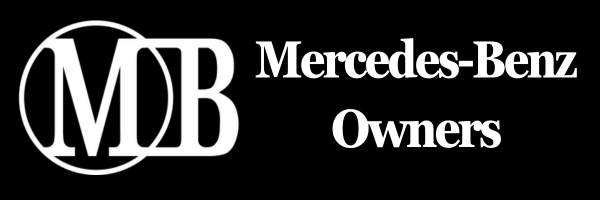S
sowlerthjh
Guest
I have a 1990 W124 300D auto.
When stopped in traffic, should one stay in "D" with the normal brake applied, or should one change to "N" and apply the park brake?
Thanks
When stopped in traffic, should one stay in "D" with the normal brake applied, or should one change to "N" and apply the park brake?
Thanks

